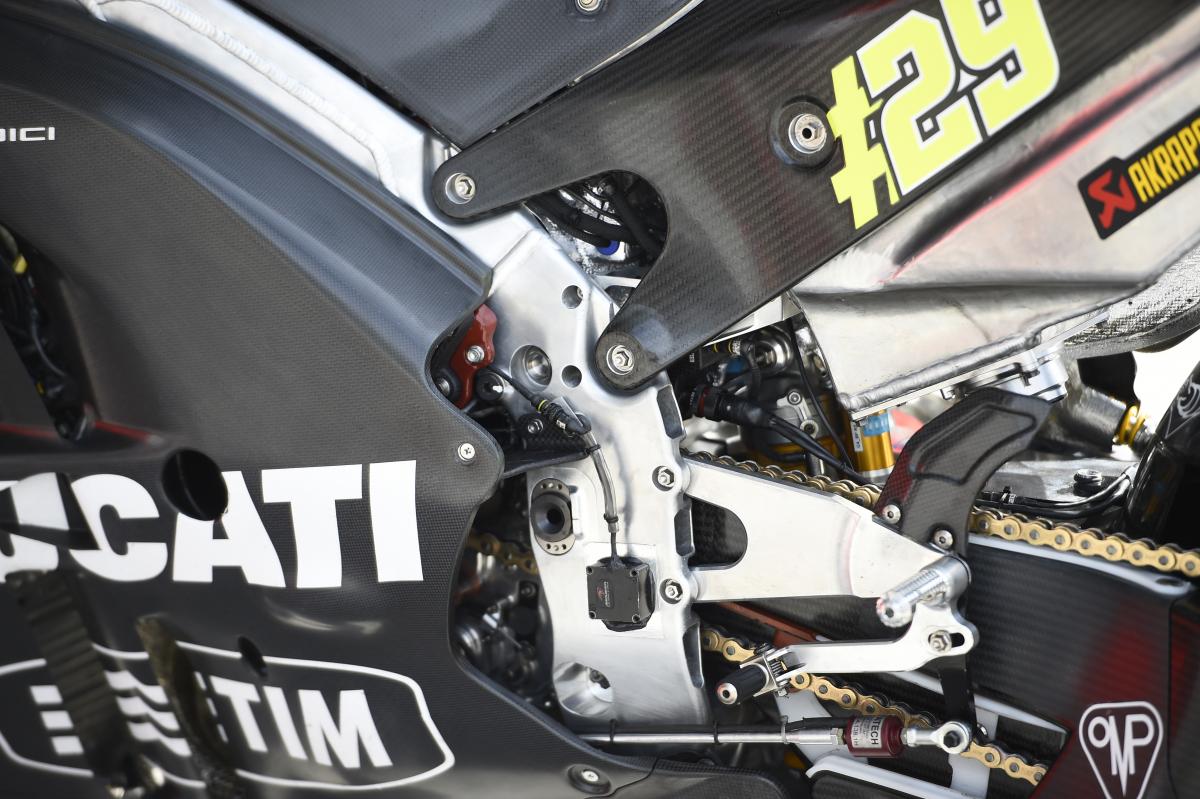Casey Stoner: Carbon frame Ducati 'best MotoGP bike' in 2009

Casey Stoner believes he had the machinery to win a second MotoGP title for Ducati, hailing the futuristic all carbon-fibre 2009 Desmosedici as 'the best bike on the grid'.
Sadly, Stoner was struck down by illness for much of that season, missing three races.
But once his lactose intolerance was finally diagnosed the Australian, who had taken two wins earlier in the year, made a spectacular return with 2nd-1st-1st race finishes. Only an accident on the warm-up lap at Valencia, where Stoner had led every track session, robbed him of the chance to make it three wins in a row.
"When we had the carbon frame in 2009, I believe we had the best bike on the grid, and unfortunately I wasn't able complete the season. But in my opinion, from the Catalunya GP on, the bike was incredible," said Stoner, during his impressive return test for Ducati at Sepang last week.
"After we came back in Portugal - except for my mistake in the last race - we should have won every race after that. It was really impressive, and this was with the carbon frame. So the potential was really high, but the point at which you set [the bike up] was a little bit difficult.
"Everything got scrapped after I left. I still think it [carbon fibre] was untapped, there was still a huge amount of potential left."
While the Japanese manufacturers haven't strayed from a twin-spar aluminium frame during the 'MotoGP' era, Ducati's Desmosedici project began with a steel trellis design ('stressed', with engine increasingly used as part of the chassis) from 2003-2008, including Stoner's unique 2007 title triumph.
But after successful tests in 2008, the factory made the leap to a carbon fibre chassis and swingarm the following year.
Stoner then moved to Honda at the end of 2010, after which Ducati began swapping the carbon for aluminium in an effort to solve Valentino Rossi's woes. Ducati joined the Japanese manufacturers in running a full twin-spar aluminium frame in 2012, albeit with a carbon fibre swingarm. That set-up has continued under the leadership of Gigi Dall'Igna, who joined Ducati Corse for 2014.
Stoner, who won his second world title on Honda's aluminium frame before retiring at the end of the 2012, was asked how the current Ducati design compared to the carbon version he had raced.
"Quite honestly, it's hard to compare, with changing from Michelin to Bridgestone, 1000cc to 800cc, it's progressed a long way since then," he replied. "I would say there's a good reason why we [still] have the carbon swingarm, because carbon has a huge potential."
Nevertheless, Stoner feels that the aluminium design is now the safest bet for Ducati.
"We want [a frame] that's going to be good for the complete season, and aluminium is going to give you that little bit more feedback and a better base throughout the season," he explained.
Stoner, the quickest Ducati rider on the final day in Sepang, is not due to ride at the next official test in Australia, but will take part in a private test before the season-opener in Qatar next month.
Ducati hasn't taken a grand prix win since Stoner's 2010 victory at Phillip Island, on a carbon fibre machine, but the 30-year-old insists he has no plans to race.


